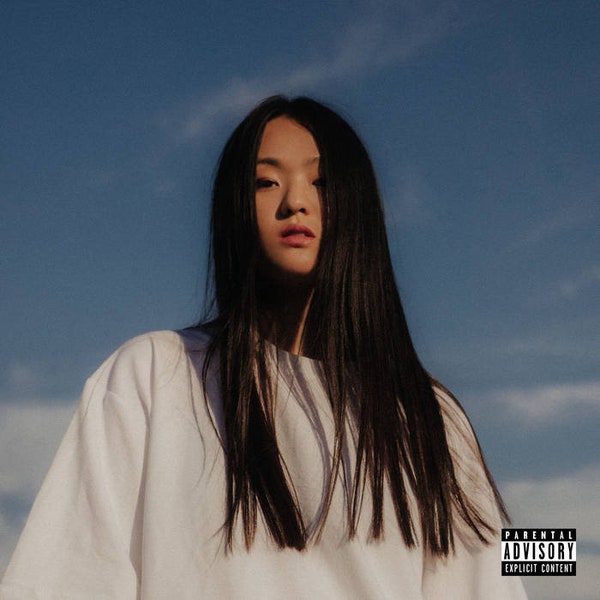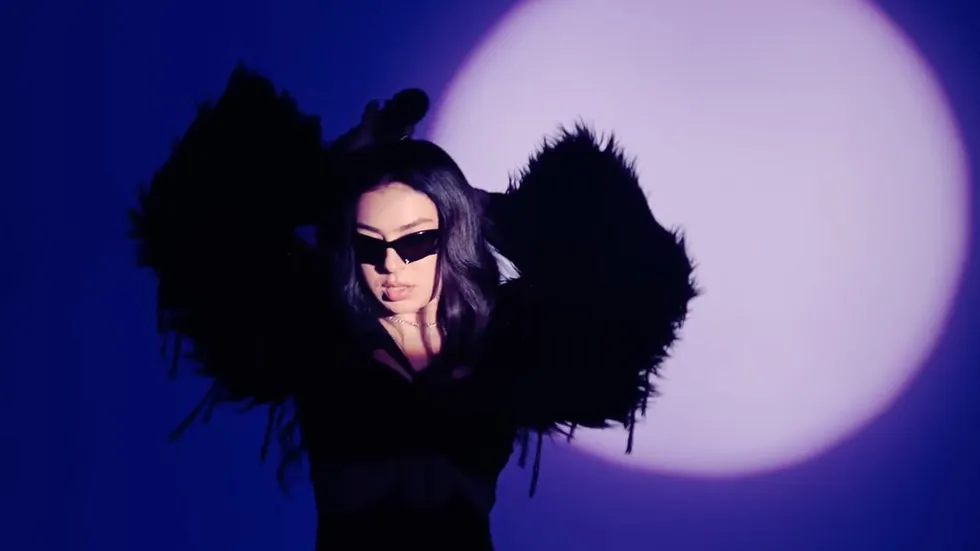박혜진 Park Hye Jin contemplates isolation on her anticipated debut album, ‘Before I Die’
Image: Ninja Tune
Who might have suspected that behind the assuredly cool exterior of 박혜진 Park Hye Jin, would lie such vast feelings of loneliness and alienation? Then again, considering that the Korean DJ and producer has practically been nomadic over the course of the past three years, a sense of destabilisation or detachment isn’t unusual. Add to this the fact that the pandemic meant Hye Jin found herself completely isolated in a new city, and the maudlin tonality of Before I Die is put into perspective. As Hye Jin’s first full length release, it felt like there was a lot riding on this album. Much of this expectation can be traced back to her first two releases, 2018’s If U Want It and last year’s How Can I, EPs which located her squarely on the dancefloor. In the wake of Yaeji and more so Peggy Gou, Hye Jin debuted at the crest of the k-house wave. Her ardent experiments weaving juke and techno motifs into k-house’s otherwise minimal soundscape would at once establish her own lexicon in the cannon, throwing Hye Jin onto the radars of tastemakers and house aficionados alike. Before I Die, which was recorded entirely in lockdown, sees Hye Jin key in on her downtempo instincts to explore the effect of isolation on one’s perception of time. Subsequently, the music follows suit in spacey washes of her signature minimal house aesthetic but also bleeds largely the territory of lo-fi trap and hip-hop.
While downtempo and dreamwave are not new to her discography, there’s a particularly desolate, despondent quality to Before I Die that differentiates it from tracks like CLOUDS and How Can I. This is most telling in Hye Jin’s songwriting, which takes a more narratively inclined direction than before. Oscillating between drawled English refrains and rapped Korean verses, her mode of storytelling here is not functions not so much in its lyricism as it does structurally. Hye Jin uses patterns of repetition and almost rudimentary simplification to represent how her feelings of loneliness and alienation lapse into near lobotomised cyclical states. Good Morning, Good Night exemplifies this approach, a sort of monotonous cycle of days and nights colliding into each other as Hye Jin sings “Good morning, good night” repeatedly over shoegazey sleepy guitar chords and sleepwalking micro-beats. At other times, loneliness brings with it the inevitability of longing and displacement. Before I Die is a misty-eyed lament dressed in the nihilism of millennial Los Angeles. The track is a painfully honest declaration of Hye Jin’s pining for home approached by way of 90’s hip-hop and a modulating synth phrase that feels programmed for being stoned. The bluntness is further emphasised by Hye Jin’s stoic delivery of the lines “I miss my mom, I miss my dad, I miss my sister, I miss my brother,” like a worn-out mantra that serves remind her of the world outside that now reads like a rote shopping list, no longer saving her from existential annihilation.
Existentialism is at the core of much of Before I Die, which may prove surprising to those anticipating a further delve into the hedonism of Hye Jin’s earlier club exploits. That’s not to say Before I Die is without the dancefloor entirely. Hey, Hey, Hey is a crunchy industrial techno banger and Never Die a propulsive acid rave cut. But the ontological thread of Before I Die means that these tracks pulse with a different sort of energy to say, How Can I’s kinetic How Come or Beautiful. There’s a sort of abnegation lurking beneath, heard on Never Die as sinister growling bass and elsewhere by way of Hye Jin herself, as on Sex With Me (DEFG). Like Before I Die, Sex With Me (DEFG) sees Hye Jin rattle off a list of actions in catatonic fashion, this time contemplating sex and desire. The cruel irony of previously released Let’s Sing, Let’s Dance is suddenly made clear in the context of the rest of the album, especially with the placement of its simmering four on the floor pulse as Before I Die’s opening. Hey Jin’s preoccupation with monotony as a sort of leitmotif can make Before I Die tedious at times, and the repetitive approach may feel sedating in high doses. But then that’s the point of this record, something that will likely be overlooked by those in search of Hye Jin’s Starry Night moment. To expect Before I Die to emulate the throbbing dance cuts of her pre-pandemic work would be out of touch from understanding Hye Jin’s artistry beyond her k-house origins. While her aesthetic choices on Before I Die may be left of what people anticipated, 박혜진 Park Hye Jin proves herself as an artist who is not bound to a single identity, but more significantly as one informed by her state of being. She makes music in tune with herself and the world around her, and Before I Die is proof of this. As a diorama of this particular moment in her life, Before I Die is Hye Jin’s blue phase that also happens to be her long play debut. Now that the world finds itself on the brink of reemergence, it’s plausible to assume that Hye Jin’s next move will reflect this. Maybe she’ll be back on the dancefloor, or maybe she’d have turned more inward than before.
Before I Die is released by Ninja Tune. Download it here, and watch the music video for Let’s Sing, Let’s Dance below.
Follow 박혜진 Park Hye Jin
Facebook | Instagram | SoundCloud | YouTube



